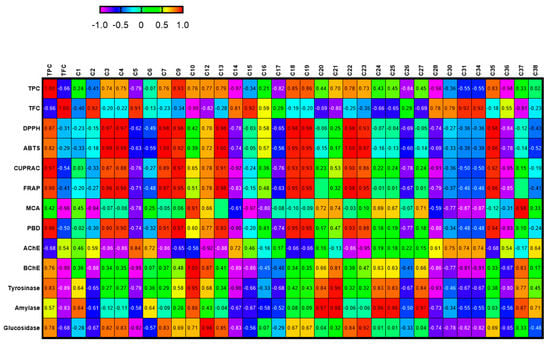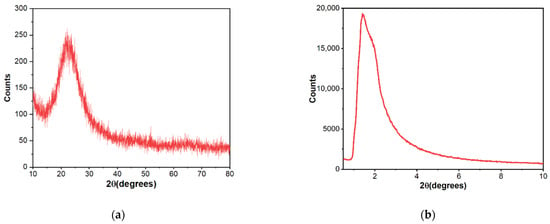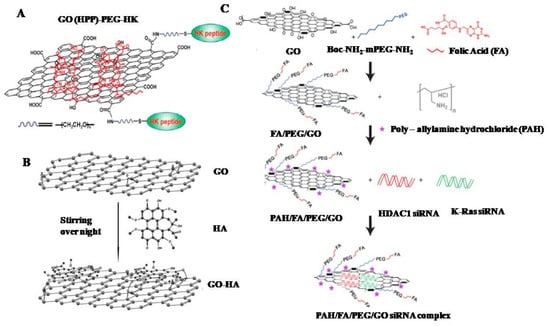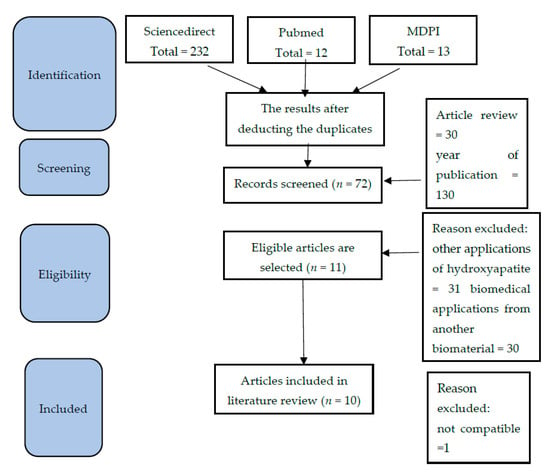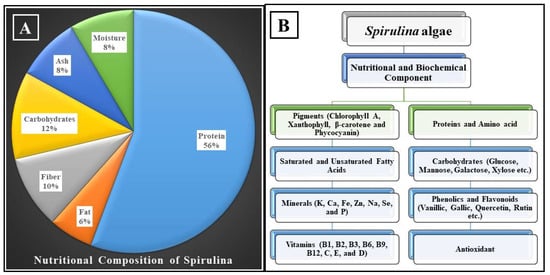Molecules 2022, 27(17), 5591; https://doi.org/10.3390/molecules27175591 - 30 Aug 2022
Cited by 6 | Viewed by 1972
Abstract
Confinement effects for the magnetoresponsive ionic liquid 1-ethyl-3-methylimidazolium tetrachloroferrate(III), [C2mim]FeCl4, are explored from thermal, spectroscopic, and magnetic points of view. Placing the ionic liquid inside SBA-15 mesoporous silica produces a significant impact on the material’s response to temperature, pressure,
[...] Read more.
Confinement effects for the magnetoresponsive ionic liquid 1-ethyl-3-methylimidazolium tetrachloroferrate(III), [C2mim]FeCl4, are explored from thermal, spectroscopic, and magnetic points of view. Placing the ionic liquid inside SBA-15 mesoporous silica produces a significant impact on the material’s response to temperature, pressure, and magnetic fields. Isobaric thermal experiments show melting point reductions that depend on the pore diameter of the mesopores. The confinement-induced reductions in phase transition temperature follow the Gibbs–Thomson equation if a 1.60 nm non-freezable interfacial layer is postulated to exist along the pore wall. Isothermal pressure-dependent infrared spectroscopy reveals a similar modification to phase transition pressures, with the confined ionic liquid requiring higher pressures to trigger phase transformation than the unconfined system. Confinement also impedes ion transport as activation energies are elevated when the ionic liquid is placed inside the mesopores. Finally, the antiferromagnetic ordering that characterizes unconfined [C2mim]FeCl4 is suppressed when the ionic liquid is confined in 5.39-nm pores. Thus, confinement provides another avenue for manipulating the magnetic properties of this compound.
Full article
(This article belongs to the Special Issue Ionic Liquids: Green Solvents for the Future)
►
Show Figures

